I find this 2-quadrant (Broadcast AM) multiplier explanation to be quite useful: -

What it's basically saying is that if you change \$I_{EE}\$ you can change the slope of the graph: -

I've drawn the red line on the graph above to indicate a lower value of \$I_{EE}\$. The linked document also goes on to show how \$I_{EE}\$ is "varied" using another transistor: -

I want to know at what point and how, are the two signals m(t) and
c(t) multiplied.
It's all done around Q1, Q2 and Q3 in your circuit. The differential amplifier that follows Q1 and Q2 converts the differential output of Q1 and Q2 to a single ended output.
Images above taken from Analog Multipliers by School of Electronic and communications engineering.
Another useful link from Analog Devices MT-079 Analog Multipliers.



